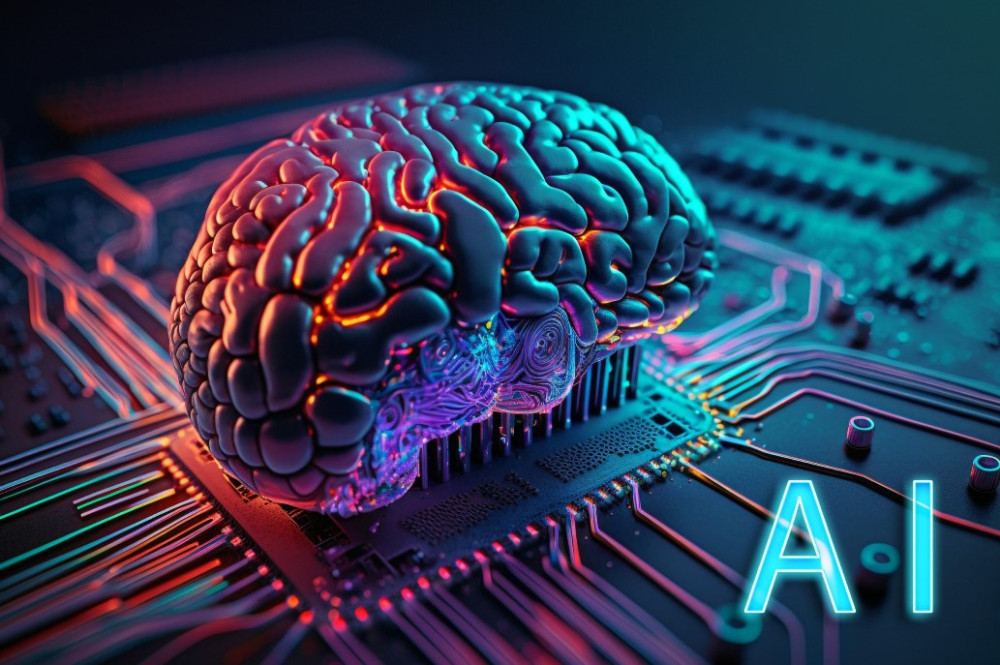Blog
Artificial Intelligence and Machine Learning

Artificial Intelligence and Machine Learning
Artificial Intelligence (AI) and Machine Learning (ML) have emerged as pivotal technologies in the 21st century, reshaping industries and influencing everyday life. From personalized recommendations to advanced data analytics, these technologies are revolutionizing how we interact with the world. This article explores the fundamentals of AI and ML, their applications, benefits, challenges, and future prospects.
Understanding Artificial Intelligence and Machine Learning
Artificial Intelligence refers to the simulation of human intelligence processes by machines, particularly computer systems. These processes include learning, reasoning, problem-solving, and understanding language. AI can be categorized into two main types:
-
Narrow AI: This type is designed to perform specific tasks, such as facial recognition or language translation. Most AI applications today fall under this category.
-
General AI: This is a theoretical form of AI that possesses the ability to understand, learn, and apply intelligence across a wide range of tasks, similar to human cognition. General AI remains largely aspirational.
Machine Learning, a subset of AI, focuses on the development of algorithms that allow computers to learn from and make predictions or decisions based on data. ML is primarily divided into three types:
-
Supervised Learning: The model is trained on labeled data, learning to map input to output based on examples.
-
Unsupervised Learning: The model analyzes unlabeled data to find hidden patterns or intrinsic structures without explicit guidance.
-
Reinforcement Learning: The model learns by interacting with an environment, receiving feedback through rewards or penalties.
Applications of AI and Machine Learning
The applications of AI and ML are vast and varied, impacting multiple sectors:
-
Healthcare: AI algorithms analyze medical data, assist in diagnostics, and predict patient outcomes. Machine learning models can identify patterns in patient records, aiding in personalized treatment plans.
-
Finance: Financial institutions utilize AI for fraud detection, risk assessment, and algorithmic trading. Machine learning models can analyze market trends and customer behaviors to optimize investment strategies.
-
Retail: AI enhances customer experiences through personalized recommendations and inventory management. Machine learning analyzes purchasing patterns, helping retailers anticipate demand and optimize supply chains.
-
Transportation: Self-driving cars leverage AI and machine learning to navigate roads, recognize obstacles, and make real-time decisions. These technologies are also used in logistics to optimize routes and reduce costs.
-
Natural Language Processing (NLP): AI-powered chatbots and virtual assistants utilize NLP to understand and respond to human language, improving customer service and accessibility.
Benefits of AI and Machine Learning
The adoption of AI and ML brings numerous advantages:
-
Efficiency and Automation: AI automates repetitive tasks, freeing up human resources for more complex activities and improving overall productivity.
-
Data-Driven Insights: Machine learning analyzes vast amounts of data, providing actionable insights that inform decision-making and strategic planning.
-
Enhanced Accuracy: AI systems can perform tasks with high precision, reducing human error in critical applications like healthcare diagnostics and financial forecasting.
-
Personalization: Businesses can tailor their offerings to individual customer preferences, enhancing user experiences and driving customer loyalty.
Challenges and Ethical Considerations
Despite their benefits, the rise of AI and ML presents several challenges:
-
Data Privacy and Security: The reliance on large datasets raises concerns about data privacy. Organizations must implement stringent measures to protect sensitive information.
-
Bias and Fairness: AI models can inadvertently perpetuate biases present in the training data, leading to unfair or discriminatory outcomes. Addressing bias is crucial to developing equitable AI systems.
-
Job Displacement: Automation powered by AI may lead to job losses in certain sectors. Society must consider retraining and upskilling workers to adapt to a changing job landscape.
-
Transparency and Accountability: As AI systems become more complex, understanding their decision-making processes becomes challenging. Ensuring transparency and accountability is essential to building trust.
The Future of AI and Machine Learning
The future of AI and machine learning is promising, with advancements expected to accelerate across various domains. Key trends include:
-
Integration of AI with IoT: The convergence of AI and the Internet of Things (IoT) will enable smarter devices and systems that can learn and adapt in real time.
-
Ethical AI Development: As awareness of the ethical implications grows, organizations will prioritize responsible AI development, focusing on fairness, transparency, and accountability.
-
AI in Education: AI can personalize learning experiences, adapting to individual student needs and providing tailored resources, enhancing educational outcomes.
-
Human-AI Collaboration: Rather than replacing humans, AI will increasingly augment human capabilities, enabling more effective collaboration in various fields.
Published Date: September 25, 2024

 Albanian
Albanian
 English
English
